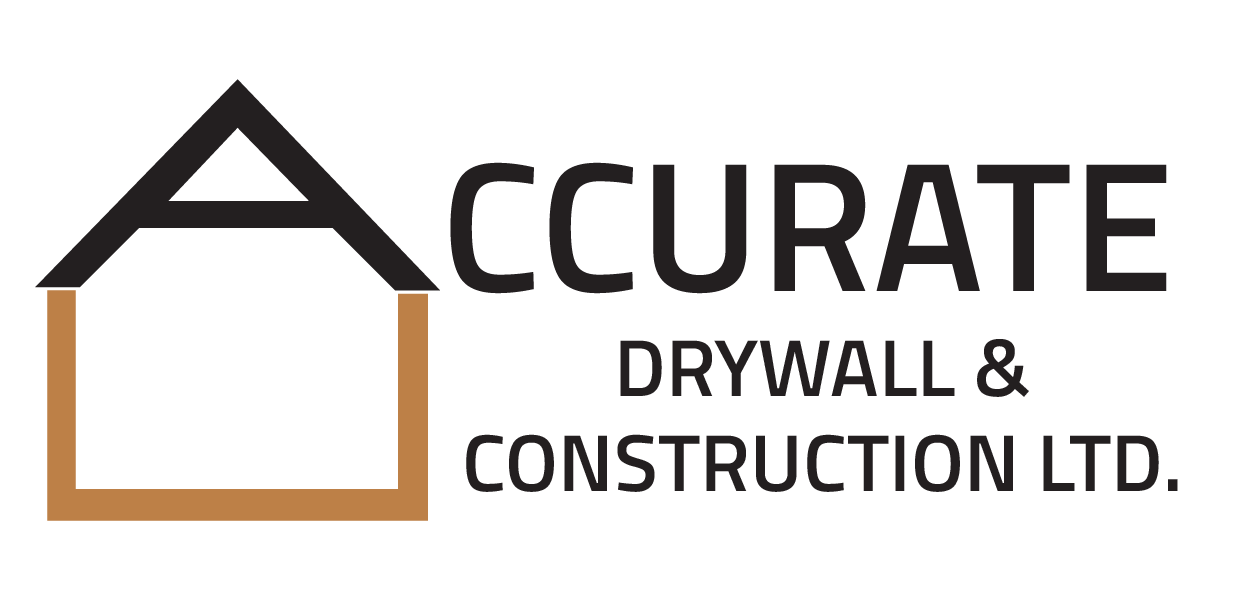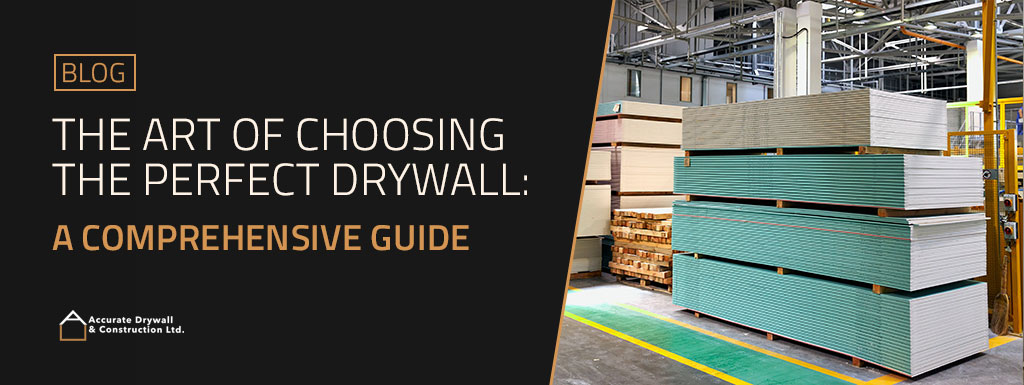The Art of Choosing the Perfect Drywall: A Comprehensive Guide
Embarking on a construction or renovation project involves numerous decisions, and one of the most crucial ones is selecting the right type of drywall. With a myriad of options available, navigating through the choices can be overwhelming. In this guide, we’ll delve into the world of drywall, exploring the different types, factors to consider, and tips for proper installation and maintenance. By the end, you’ll have the knowledge and confidence to choose the perfect drywall for your project.
Understanding Different Types of Drywall:
Drywall, also known as gypsum board or plasterboard, comes in various types, each designed to meet specific needs. From standard gypsum board to specialized options like moisture-resistant, fire-resistant, soundproof, and eco-friendly drywall, there’s a type for every requirement. Understanding the unique properties and benefits of each type is essential for making an informed decision.Factors to Consider When Choosing Drywall:
Several factors should influence your choice of drywall, including the project location, durability requirements, budget constraints, environmental impact, and aesthetic preferences. By carefully considering these factors, you can narrow down your options and select the type of drywall that best suits your project’s needs and objectives.
Key Features and Benefits of Each Drywall Type:
Each type of drywall offers distinct features and benefits. Standard gypsum board is affordable and versatile, while moisture-resistant drywall is ideal for high-moisture areas like bathrooms and kitchens. Fire-resistant drywall provides crucial fire protection, soundproof drywall enhances privacy and comfort, and eco-friendly drywall promotes sustainable building practices. Understanding the unique advantages of each type will help you make an informed decision.
Tips for Proper Installation and Maintenance:
Proper installation and maintenance are essential for ensuring the longevity and performance of your drywall. Following manufacturer’s guidelines for installation, sealing joints and seams, priming and painting surfaces, and conducting regular inspections are key steps in maintaining drywall integrity. By adhering to these practices, you can prevent damage, prolong the lifespan of your drywall, and maintain the aesthetic appeal of your space.



